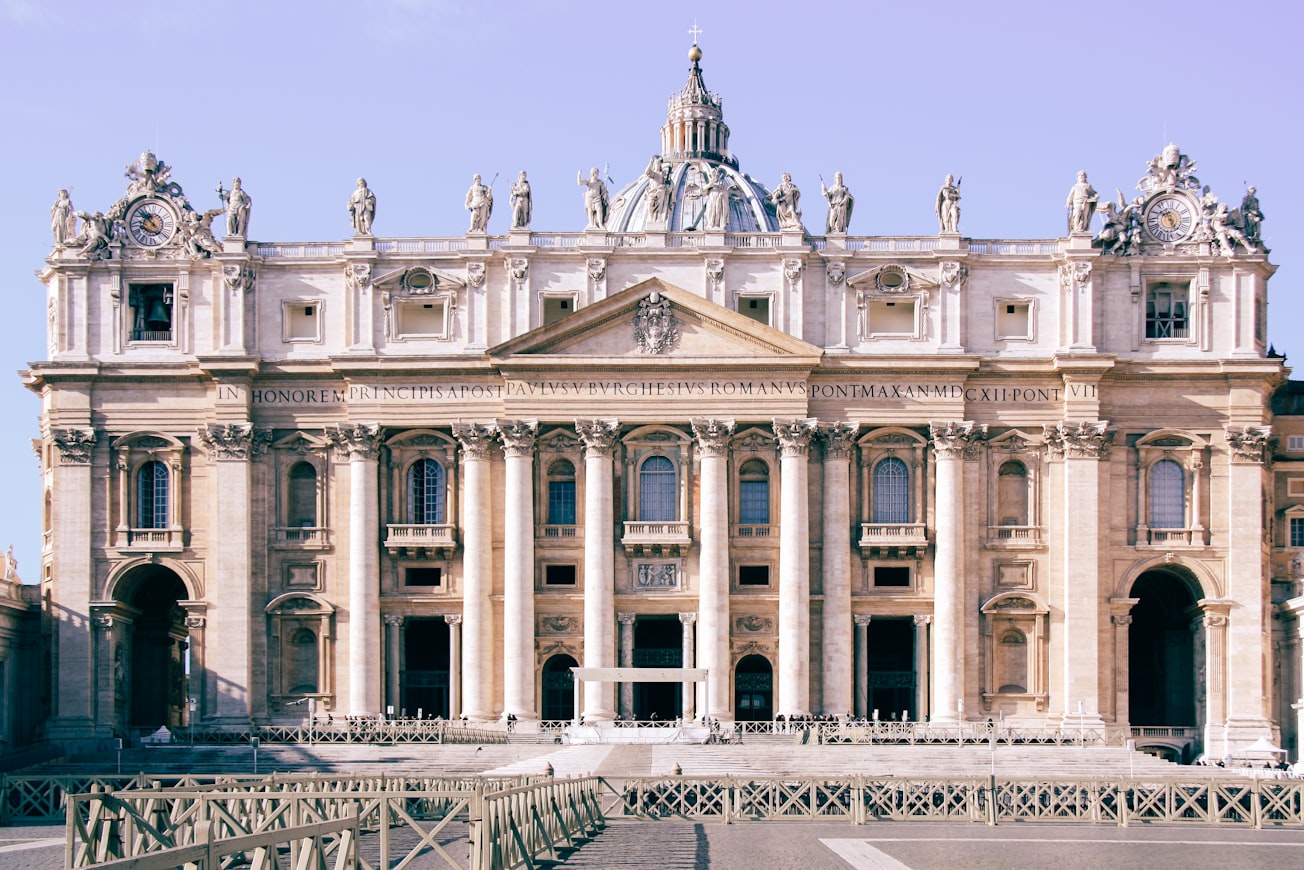What is it about?
This article tells how the relics of Byzantine saints and Eastern Church Fathers Gregory Nazianzen and John Chrysostom were venerated in the Holy Apostle Church in Constantinople and how they were used in the 10th century by Emperor Constantine VII to enhance his authority and prestige. The article also shows how the same relics ended up in Rome and were placed by Pope Gregory XIII and venerated in the new St Peter's Church in the 16th century and how they eventually returned to Istanbul in 2004.
Featured Image

Photo by iam_os on Unsplash
Why is it important?
This article shows by what means relics were used as a religious and political tool by the Byzantine emperor in the 10th century and the Pope of Rome in the 16th century. This is the first time these two contexts have been compared on the basis of the history of the same relics, namely those of Eastern Church Fathers Gregory Nazianzen and John Chrysostom.
Perspectives
I was triggered when I read in an article that Pope John Paul II returned the relics of two Eastern church fathers to the patriarch in Istanbul in 2004. I decided to find out about the history behind this apparently still living tradition dating back to the fourth century.
Mariette Verhoeven
Radboud Universiteit
Read the Original
This page is a summary of: Meaning-Making in an Imperial and Papal Context, Church History and Religious Culture, December 2022, Brill,
DOI: 10.1163/18712428-bja10044.
You can read the full text:
Contributors
The following have contributed to this page










